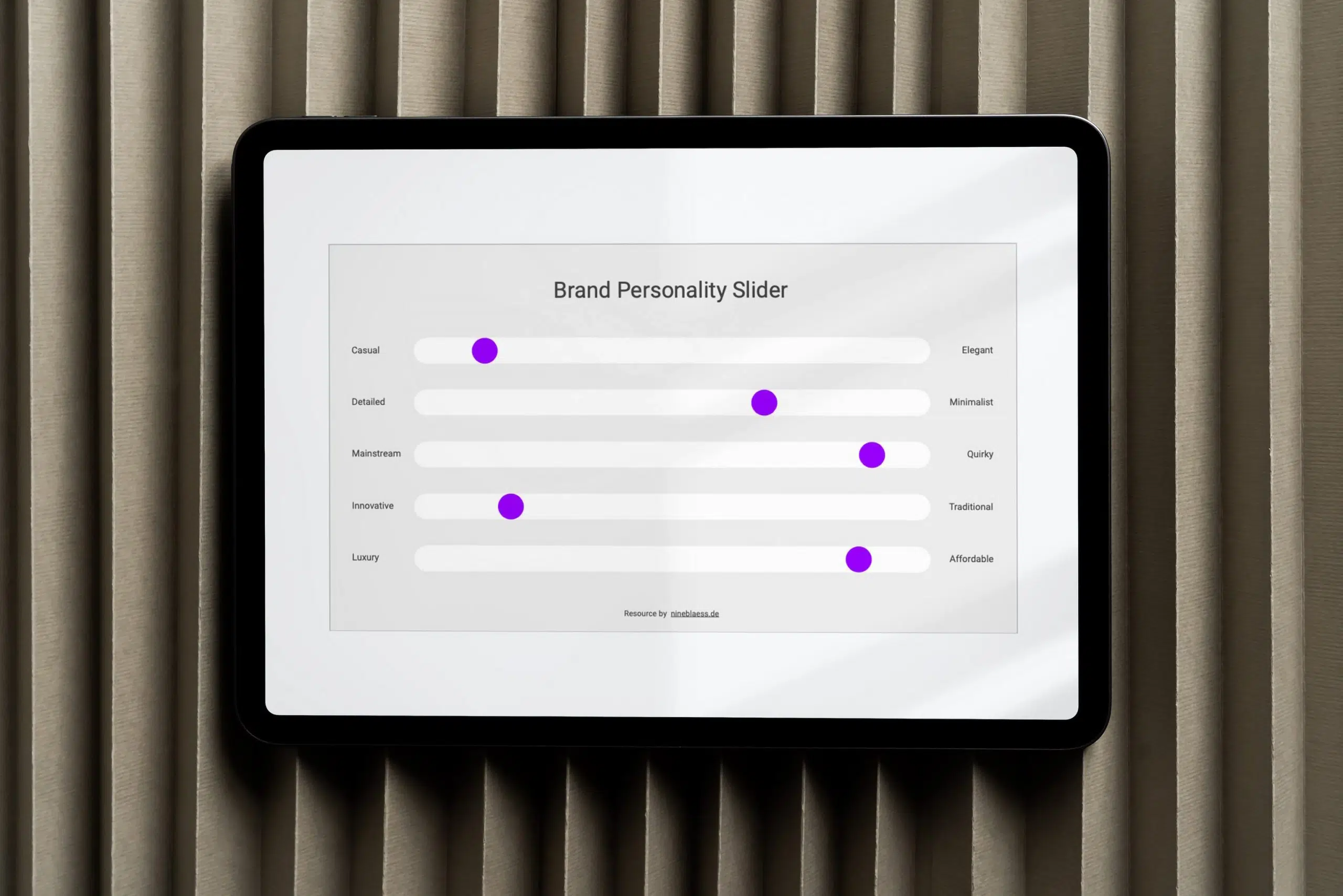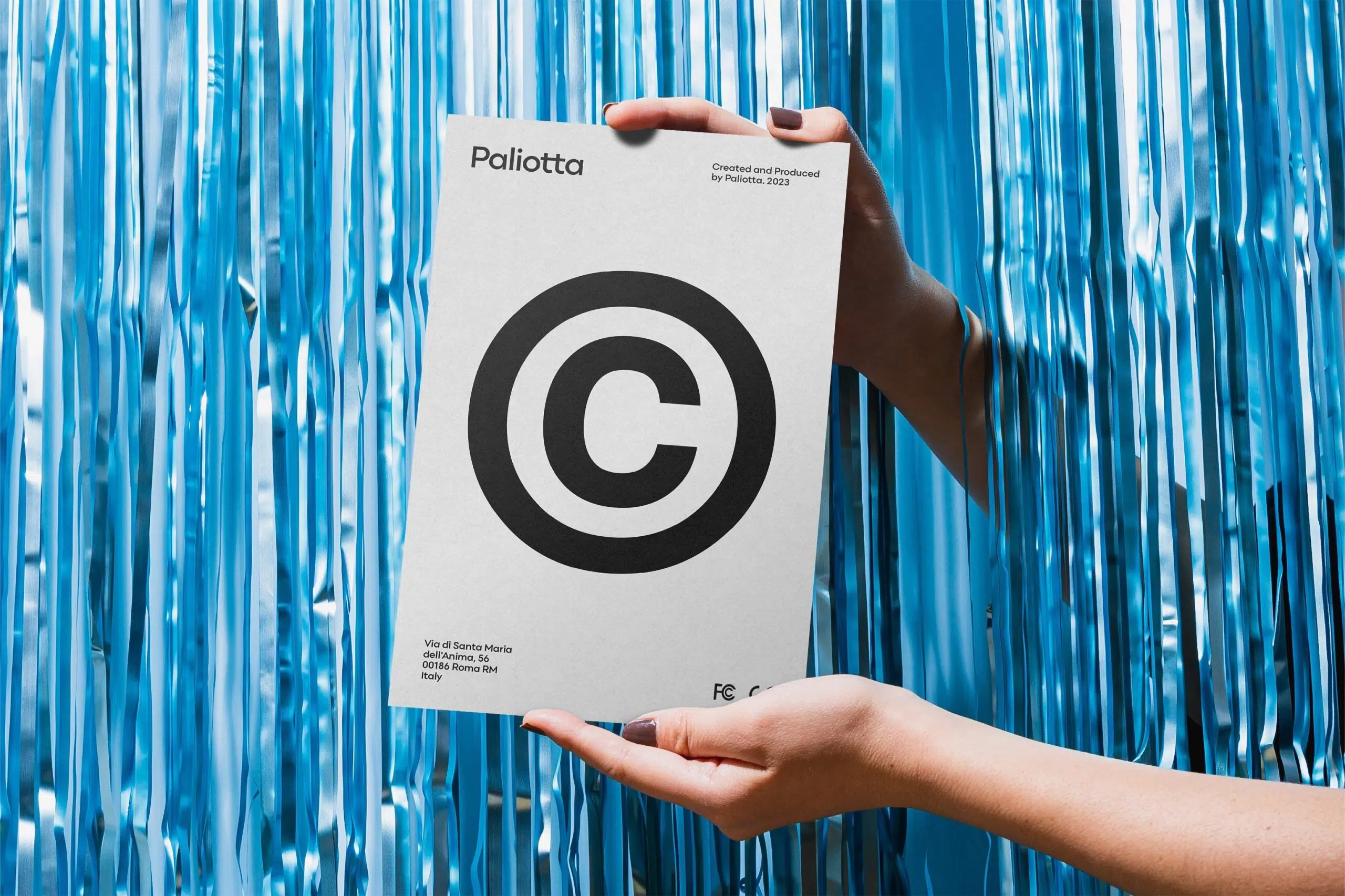Knowing your target audience’s behaviours, problems, and lifestyles will help you develop a brand that really speaks to them. This ensures that your message resonates and builds trust and loyalty in the long term.
Emotions play a major role: customers with an emotional connection to a brand invest over 300% more than others. This emphasises how important it is to build a deeper connection with your target group.
However, knowing your target audience influences not just your communications but the entire organisation—from product development to branding and marketing.
Here are eight reasons why understanding your target audience is so important:
Define your USP and positioning with audience insights
Your Unique Selling Proposition (USP) distinguishes your brand from the competition and establishes a unique position in the market.
A deep understanding of your target audience allows you to develop a USP that addresses their specific needs and desires, helping your brand reach the right people.
Let’s look at some bottled water brands for illustration. Essentially, all these companies sell water, but they position themselves differently based on their target audience:
- Evian markets itself as a luxury product for high-income consumers by emphasising the origin of its spring water in the French Alps.
- San Pellegrino San Pellegrino also targets a premium market but focuses more on fine dining with its elegant glass bottles.
- Pams positions itself as an affordable, everyday option. As the store brand of two supermarket chains in New Zealand, it focuses on delivering value.
Further reading
18 brand positioning examples to inspire your brand strategy
Build connections through shared values
Shared values are the foundation for building strong relationships with brands—just as they are for friendships.
When people see their values reflected in your brand, they are more likely to feel connected, which in turn strengthens their trust and commitment to the brand. In fact, 64% of consumers maintain a relationship with a brand primarily due to shared values.
By understanding your target audience’s values in detail, you can identify shared values between the brand and the audience.
However, it’s about more than just values; it’s also about self-expression. People often choose brands to externalise their values and beliefs. A classic example is people who wear Patagonia to express their environmental awareness.
Create a brand personality and identity that draws people in
Your brand’s identity and personality are likely the first things your audience will notice. You only have a few seconds to make a strong first impression. If your brand’s personality resonates immediately, it can be the start of a long-term relationship.
That’s why every brand element—from brand colours and fontsto the brand voice—should reflect the preferences of your target audience.
By tapping into your audience’s culture, style, and language, you can develop an authentic and credible brand identity.
Develop messaging that resonates with your market
Your brand messaging is another aspect that shapes how people perceive your brand.
While your brand’s identity defines its tone, style, and personality, brand messaging focuses on the specific topics and key messages you want to communicate. It highlights your company’s values, offerings, and uniqueness.
Understanding your audience’s desires, challenges, and goals enables you to craft messages that truly resonate with them. This approach helps make your audience feel seen and valued and allows you to address any potential objections to your offering upfront.
Don’t shy away from repetition—your message needs to be reinforced often. Keep your communication varied using different formats, such as written copy, videos, or customer testimonials. Incorporating brand storytelling techniques can bring your message to life compellingly and coherently.
And remember, 65% of people are visual learners. Therefore, including visual elements in your messaging is a smart move.
Create a delightful customer experience
Understanding your target audience allows you to tailor every brand touchpoint to their needs—whether it’s a branded website, customer service, or packaging.
After all, a positive customer experience can lead to a 73% increase in loyalty and sales.
When you not only meet but exceed customer expectations, you create a memorable experience—a recipe for repeat purchases and word of mouth.
Streamline your marketing
These are some areas where a good understanding of your target audience can optimise your marketing:
Content strategy
With a clear understanding of your audience, you can develop an effective content strategy. You know exactly which topics are relevant, where you should get visible and how to engage with your audience.
For example, if you are targeting young mums, you could focus your communication on Instagram or parenting networks—channels where they are active. By tailoring your content to their specific needs, such as sleepless nights or the worry of doing everything wrong, the brand remains relevant and appealing.
Also, if you know the keywords and terms they’re searching for, you can create content that ranks well in search engines and attracts organic traffic.
Partnerships
Understanding your target group well enables you to establish fruitful, strategic partnerships, such as co-branding or influencer collaborations.
By choosing partners that your target audience already follows and values, you can build trust and reach the right people.
Personalisation
Audience data allows you to tailor marketing messages, offers, and interactions to your customers’ individual preferences and behaviours. This makes your customers feel valued and understood, which strengthens their loyalty to your brand.
Read more about personalisation here.
Ad targeting
With in-depth customer data, you can create adverts that reach the right people at the right time with the right message.
Performance measurement
Lastly, understanding your target audience will also help you set relevant metrics and KPIs (key performance indicators) to measure the effectiveness of your marketing efforts.
Let’s say your target group values fast customer service. You could monitor KPIs such as response times and customer satisfaction. This will help you recognise whether your marketing strategies are successful and where there’s room for improvement.
Optimise your offer and pricing
Ideally, your target audience not only influences your communications but also drives the development of your product or service. Listening to your audience’s needs, feedback, and preferences allows you to create offers that solve their specific problems and fulfil their needs.
At the same time, understanding their price sensitivity ensures that your offer is not only valuable but also positioned at a price point they are willing to pay.
A good example is IKEA: In the 1950s, IKEA developed flat packs to respond to the demand for more affordable, high-quality furniture. The innovation reduced production, transport and assembly costs and positioned IKEA as a cost-effective alternative to expensive designer furniture.
By the way, you can read more on pricing and brand perceptionhere.
Adapt your brand to audience changes
Ultimately, insights into your target audience help keep your brand fresh and exciting, as they allow you to react quickly to trends and changes in values.
Conclusion
Your target audience is at the heart of your business and should influence everything—from product development to branding and marketing. By understanding and addressing your audience’s needs and challenges, you can create content, products, and experiences that build trust and foster ongoing relationships.
With a diverse audience, you can also segment them to send more targeted messages that address their particular needs.
I hope this article has shown you why it’s so important to identify your target audience—not just before branding but even before you start your business.
Need help with your branding? I look forward to chatting.
Title image by Sam Lion





















